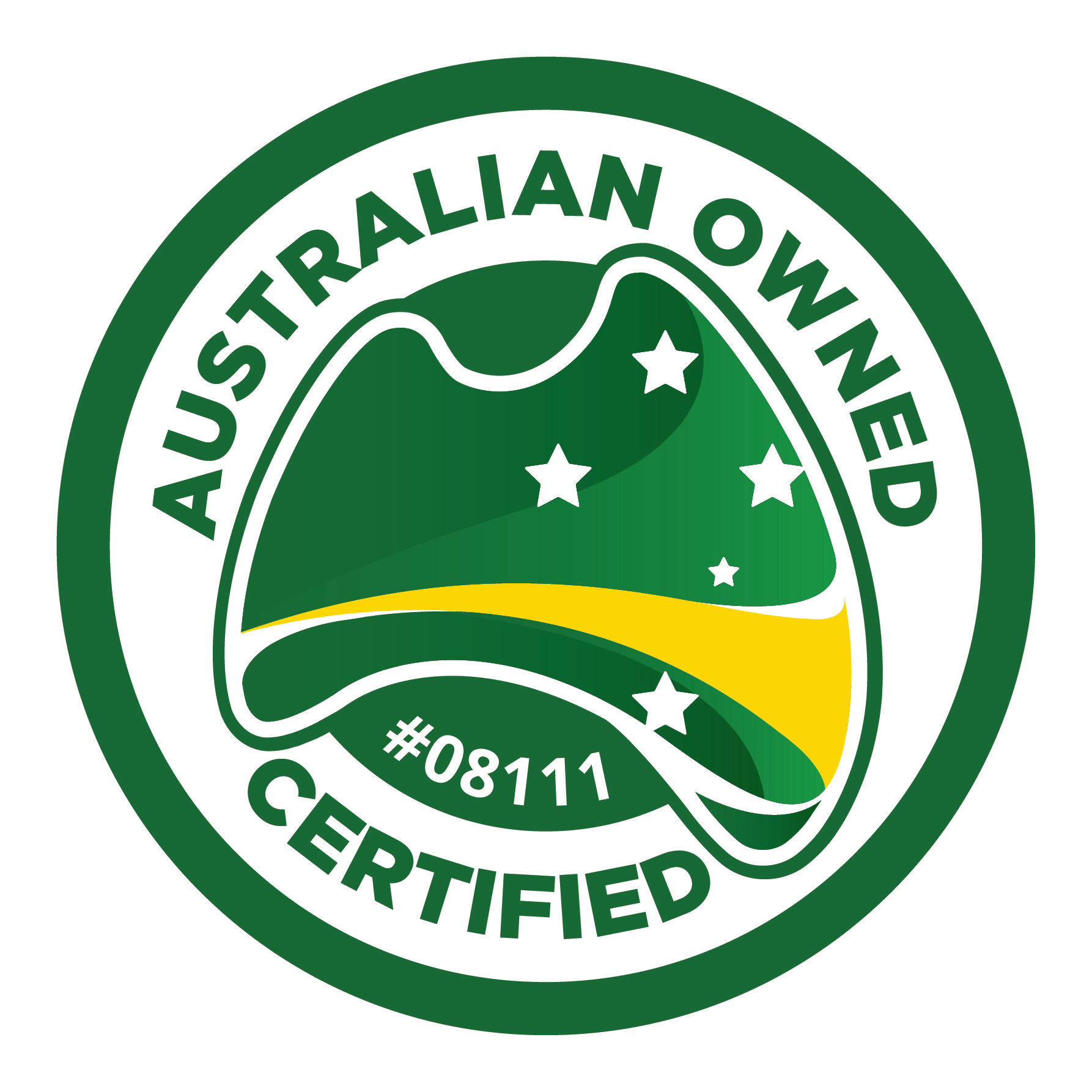Frequently Asked Questions (FAQ) TyreGuard® RV360

The following is a list of FAQ's and Answers regarding our TyreGuard® Doran RV360 Tyre Monitoring System (TMSystem) technology. Should you have any further question, please complete our Enquiry Feed back Form or contact us, and we will add to this section. Also, please use the "Search" field below to quick find any entered keywords
Programming and installation are very simple. No tools are required. Expected installation is estimated to take approximately one hour.
Our monitor is very compact. The size is similar to a standard chalkboard eraser. The dimensions are width 146.4 mm (5.75") x height 57.3 mm (2.25") x depth 25.4 mm (1.00").
The monitor weighs approximately 156 grams, similar to a cell phone.
Yes, the RV360 tyre pressure monitoring system monitors the tyre temperatures and provides a High Temperature Alert if the sensor detects an increase of > 80 deg C. A High Temperature Alert will then occur on the Monitor. For many reasons the tyre temperatures are not provided or displayed on the Monitor- only the tyre pressures are displayed.
The RV360 Manual recommends the use of Solid Tyre Stems as this will then firmly fix the Sensor to the Air Valve Stem / Rim and they will not flex. The Sensors can be used on Rubber Air Stems but if the Rubber Stem is long and close to the Rim then this will allow the Stem to flex and the Sensor to rub upon the Rim, causing marks to occur on the Rim. In addition, the Sensor service life can be shortened due to constant impaction upon the Rim when driving on rough Off- road conditions (eg corrugated roads). Rubber Stems could also break due to this "flexing" with the attached Sensors- however experience is that this is rare and primarily due to Rubber Stems that are very old and perished.
The position / location of the Air Valve Stems are different on each Rim (some are side- ways others straight up 90 degree to the Rim). If you intend on using Rubber Air Valve Stems then use short / "stubby" ones and check that when they flex the Sensors will not touch the Rims. Replace your Rubber Stems every 3-4 years (maximum) which usually can be done when changing tyres.
In the case where you may be concerned with a few slight marks on the Rims (compared to the Safety benefits of a TPMSystem) then we suggest purchasing some industrial adhesive backed rubber Tape and place this under the position of the Sensor where it may make contact with the Rim.
The battery service life should be >3 years (upto 4 years is possible). There is a lot that can effect the Sensor battery service life such as high / low temperature conditions, if the Sensors is attached to Solid or Rubber Stems (wheel impact), Of or On road conditions, etc.
The RV360 tyre pressure monitoring system was designed with a "Green Means Good™" indicator light, which lets the driver know all of the tyre pressures are within the specified range. The operator can see each tyre's pressure by using the four-way navigational buttons. In addition, there are multiple alarm types that are built-in to the system to make the driver aware of any tyre pressure issues.
Audible and visual alarms, which indicate the tyre position, are activated when a tyre's pressure falls to 12.5% (and also at 25%) below your tyres recommended baseline pressures. The programming of the baselines pressures is a step in the simple installation process for the RV360™ tyre pressure monitoring system. In addition, we have built-in a Fast-Leak alert that will provide an audible and visual alarm when a tyre pressure drops by 19.3 kpa (2.8psi) in less than 12 seconds.
The operator can activate this optional feature during installation. Audible and visual alarms, which indicate the tyre position, are triggered when a tyre's pressure increases to 25% above your tyres' recommended baseline pressures. These baselines pressures are easily programmed during setup of the RV360™ tyre pressure monitoring system.
The RV360™ tyre pressure monitoring system up to 36 tyres.
Sensors will transmit data to the monitor in two ways:
- Sensors send an updated signal every six (6) minutes under normal conditions.
- Sensors transmit any change of pressure from the static pressure.
There are multiple reasons for an alarm to be triggered on the RV360 system:
- Air pressure has dropped 12.5% of your baseline tyre pressure. This alert will continuously transmit once per second until low pressure is corrected or a button is pressed to place Monitor in Quiet Mode.
- Air pressure has dropped to the second alert level, 25% under your programmed baseline tyre pressures. Alert will transmit twice per second. If a button is not pressed, unit will continue to display an alert until pressure is corrected or up to 15 hours.
- Air pressure is released from the tyre at a rate faster that 19.3 kpa (2.8 psi) in less than 12 seconds. This will initiate a "Fast Leak" (patent pending) alarm.
- A sensor is removed from its tyre
- The optional high pressure alarm is selected and pressure increases in a tyre to 25% above the baseline pressure that was programmed.
- The sensor reports a tyre temperature of>80 degC- High Temperature Alert.
Placing the RV360™ tyre pressure monitoring systems 23.5 gram sensor on a typical large vehicle will not normally necessitate re- balancing tyres.

